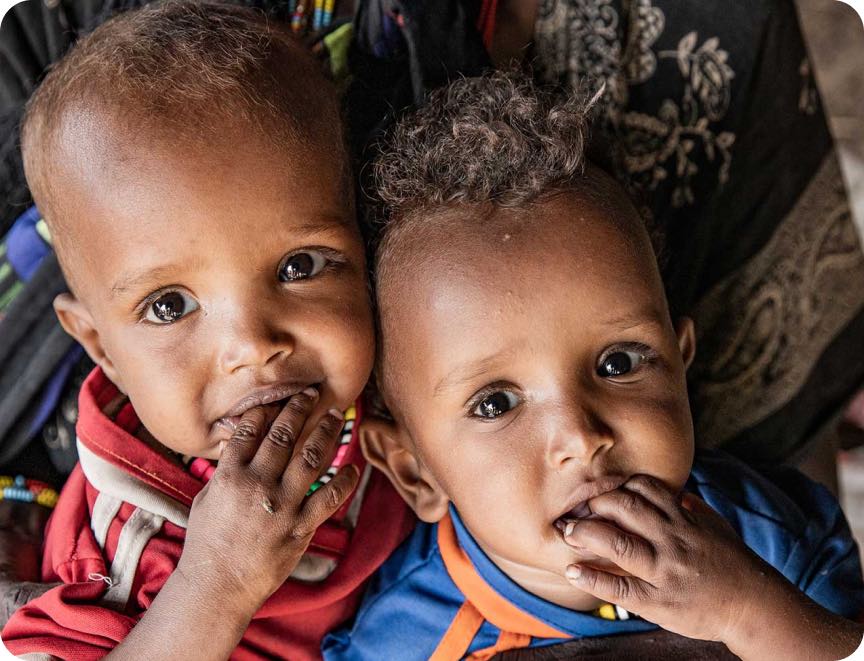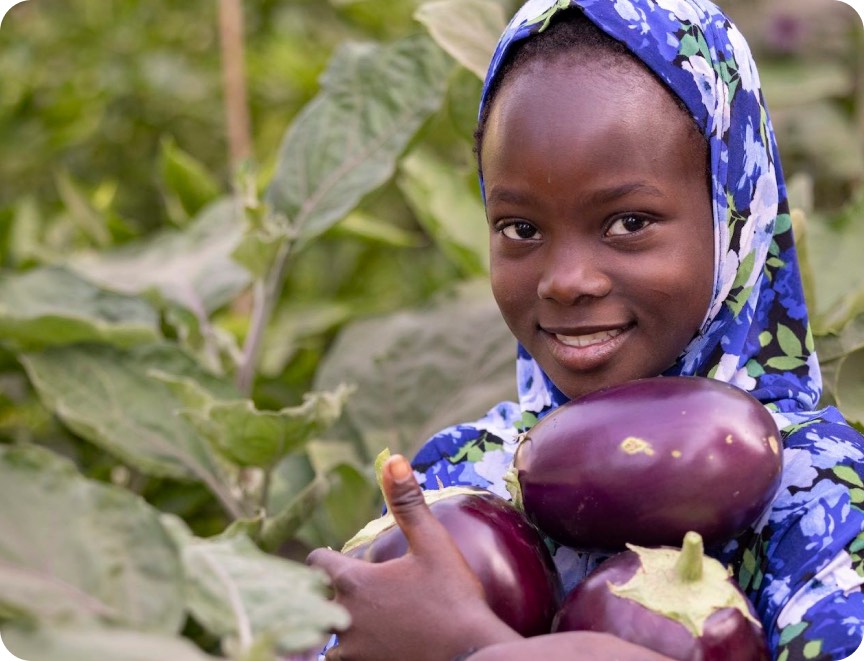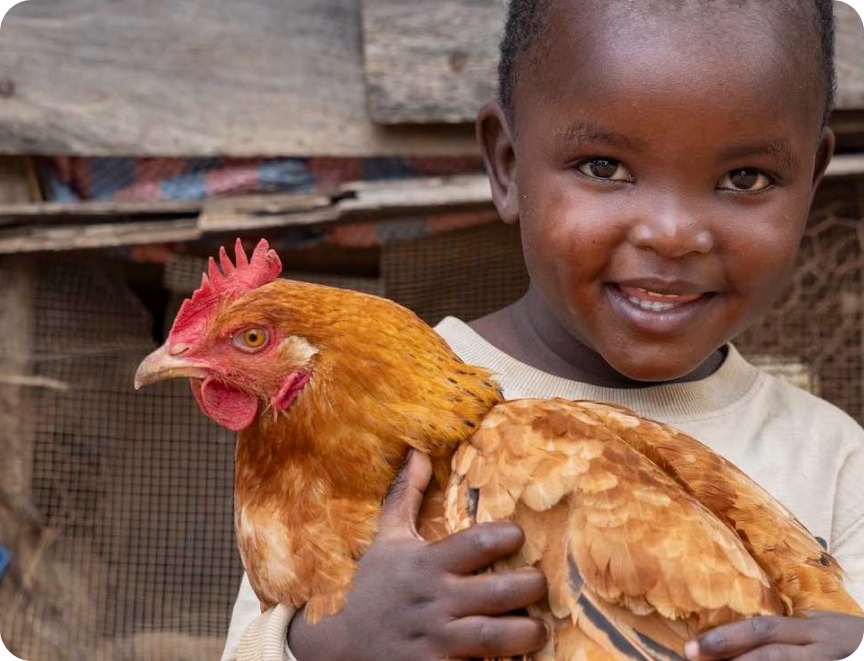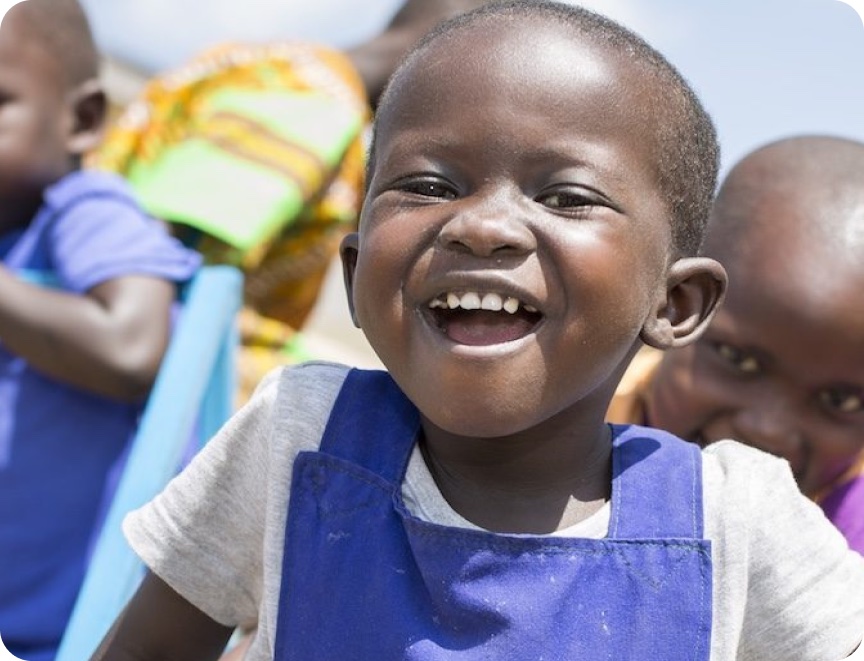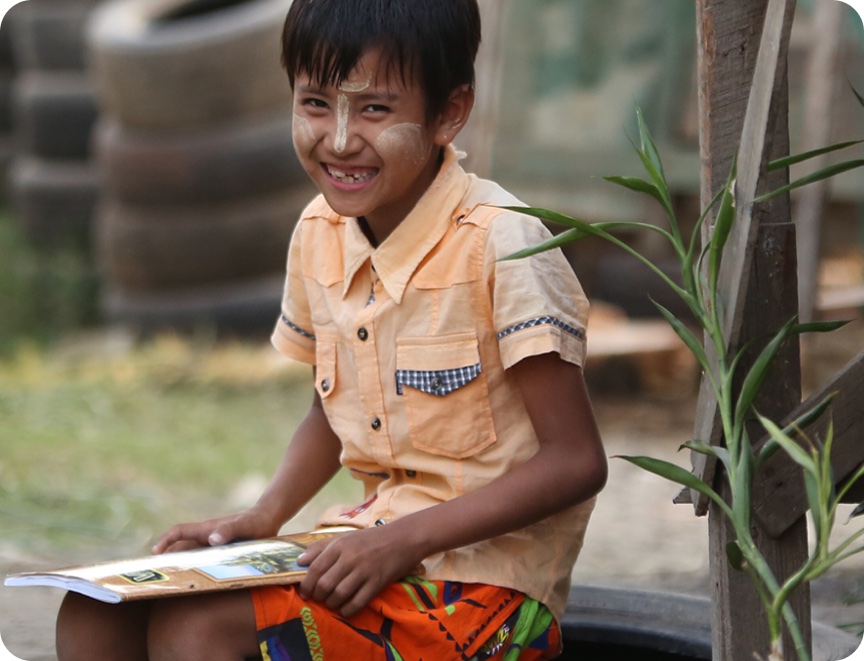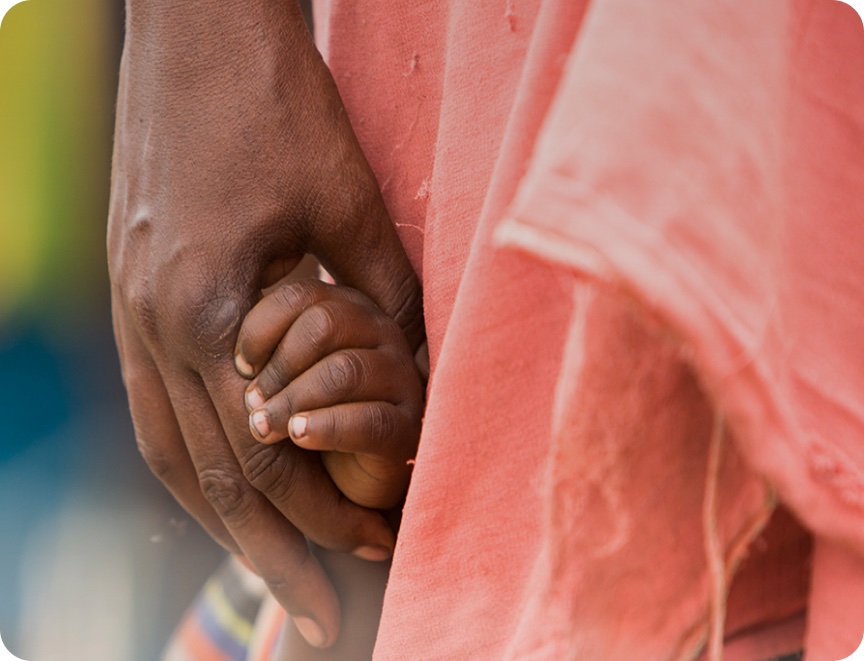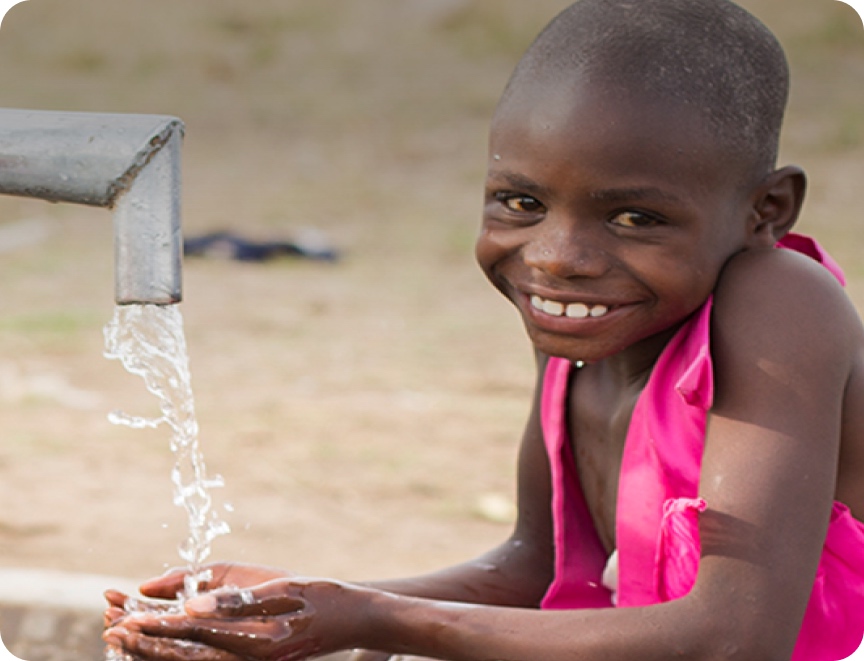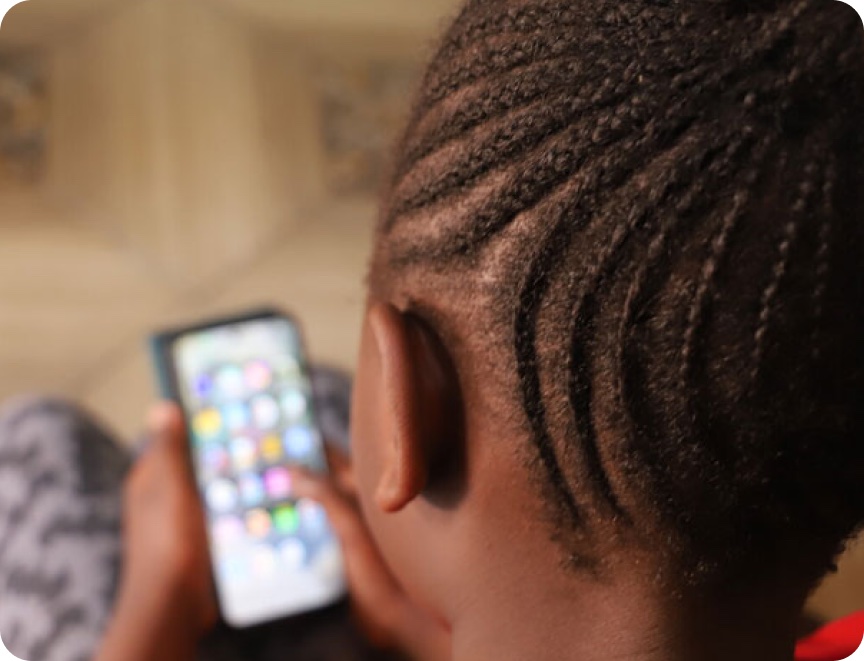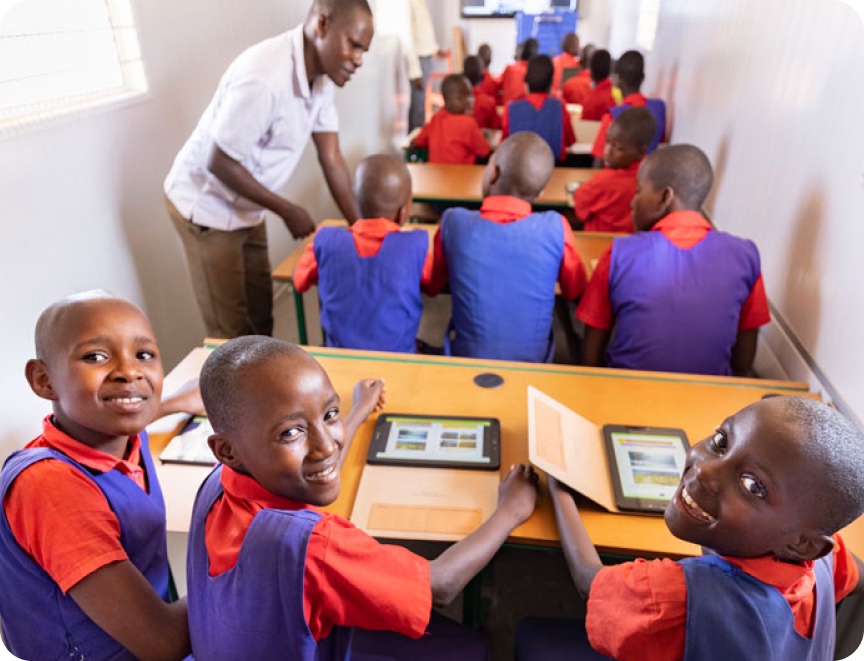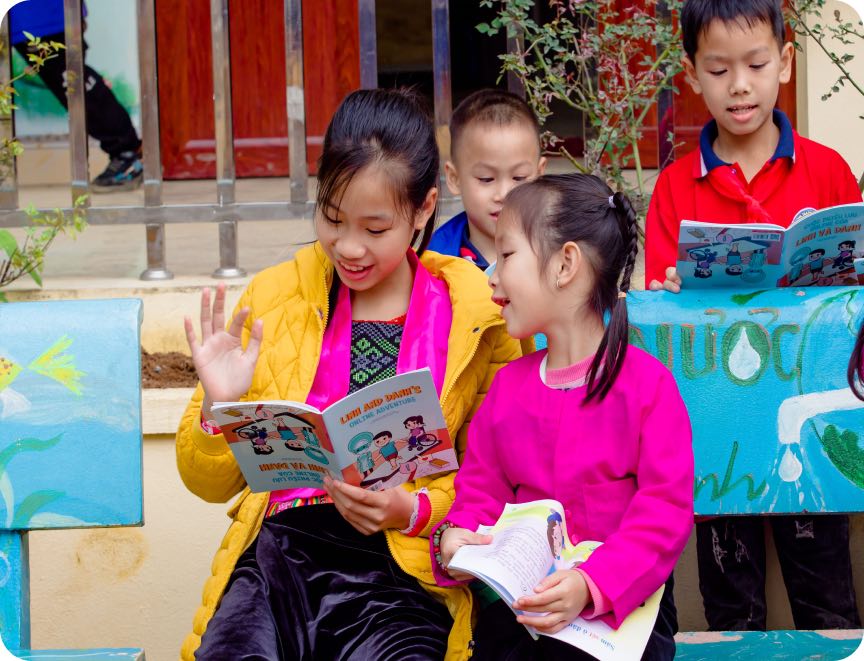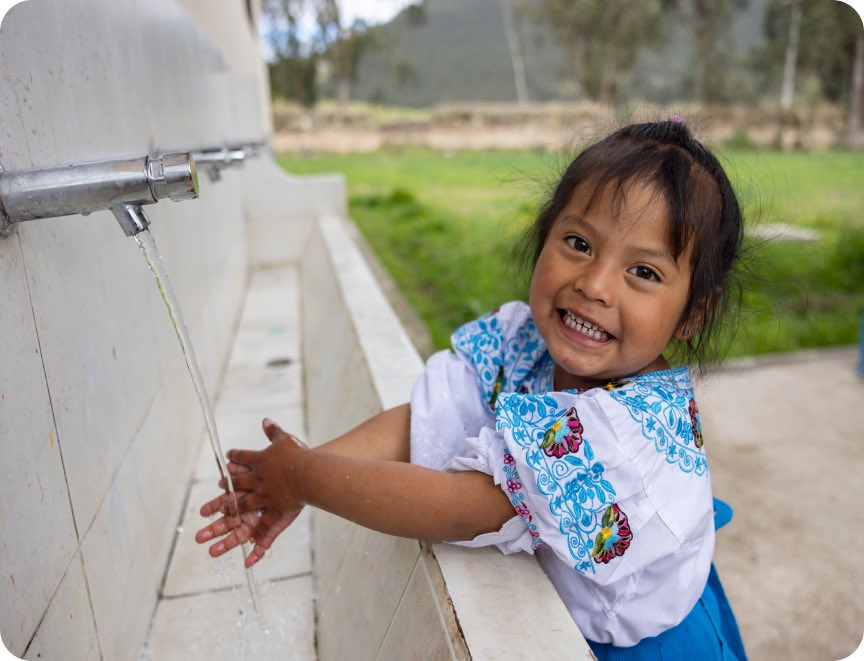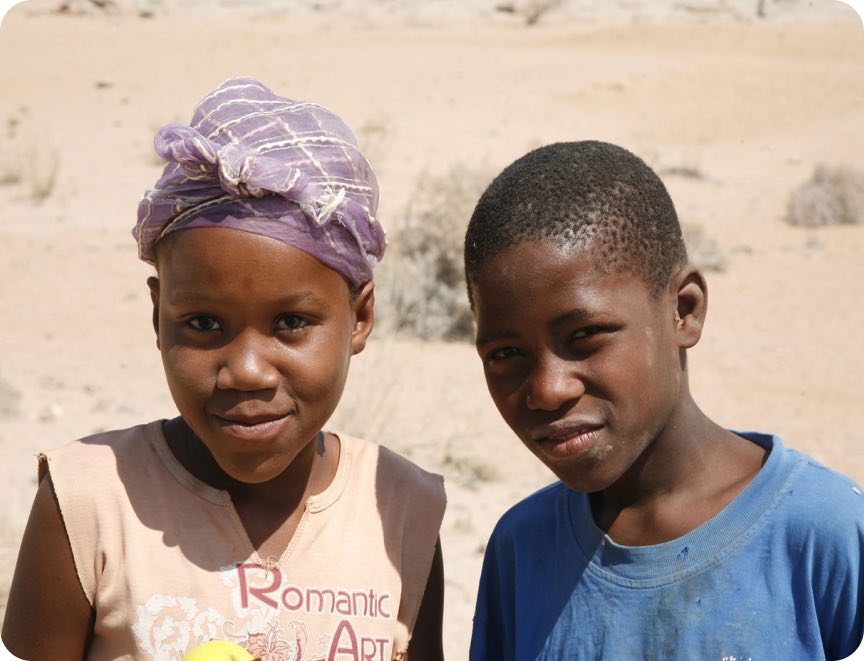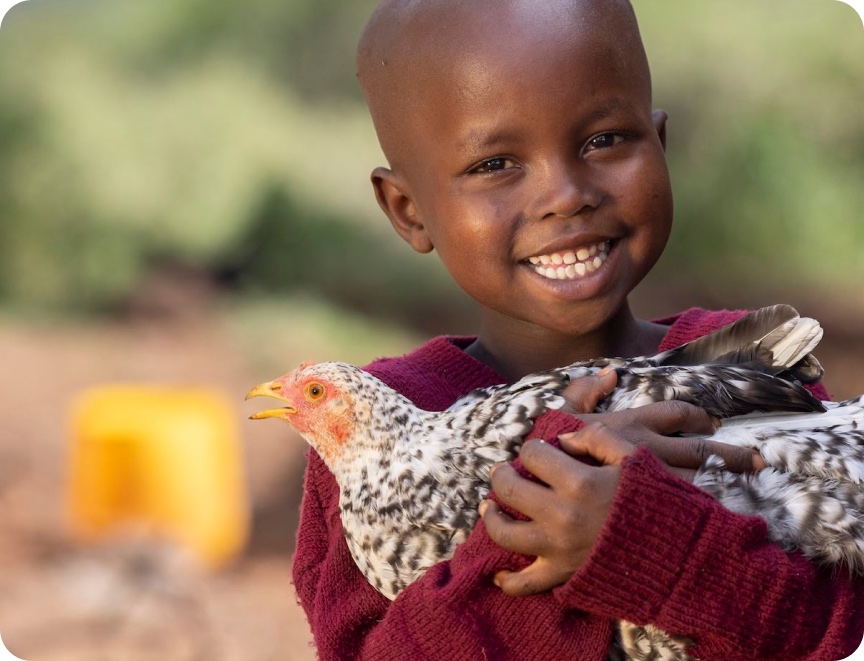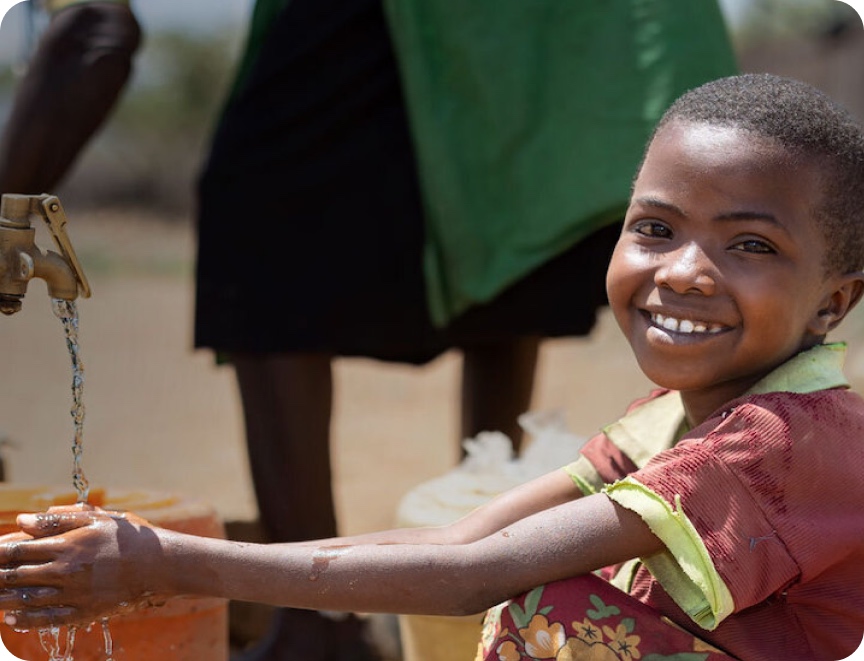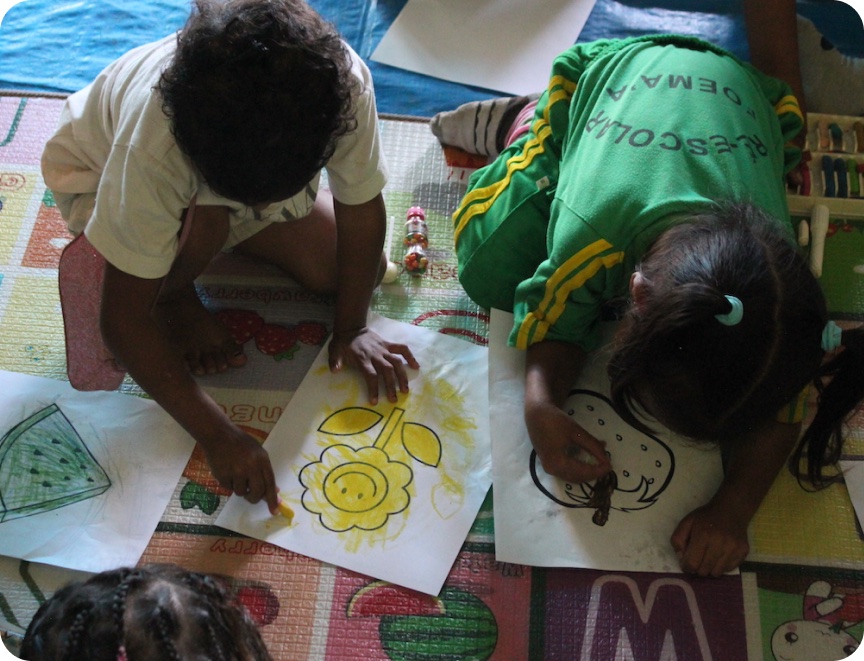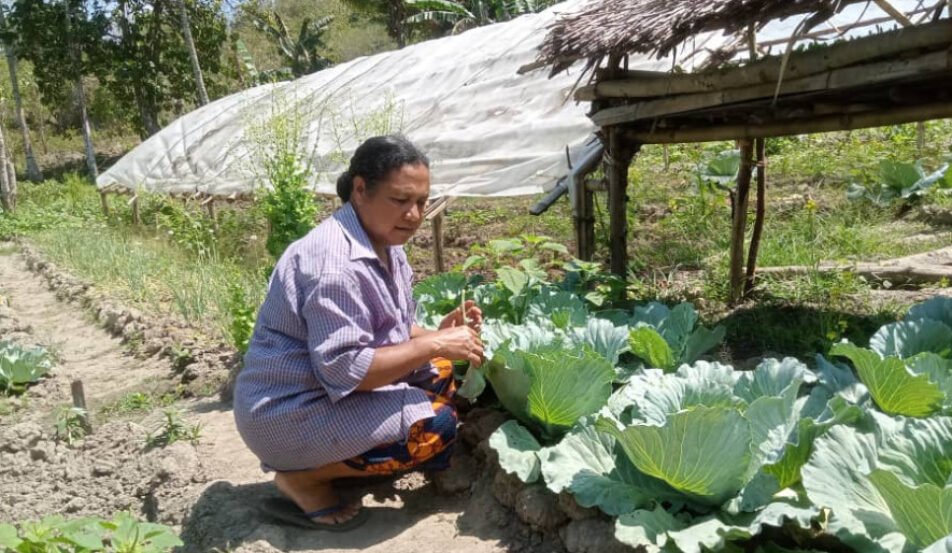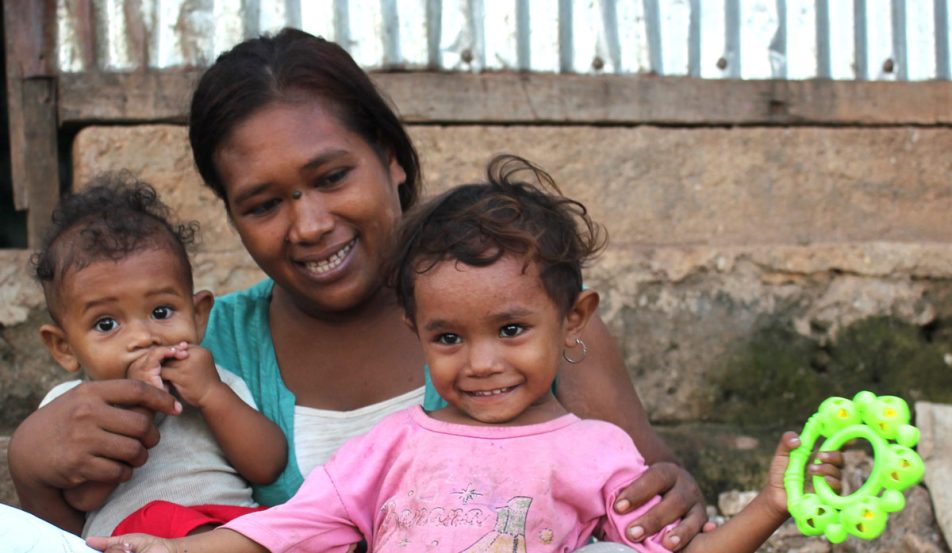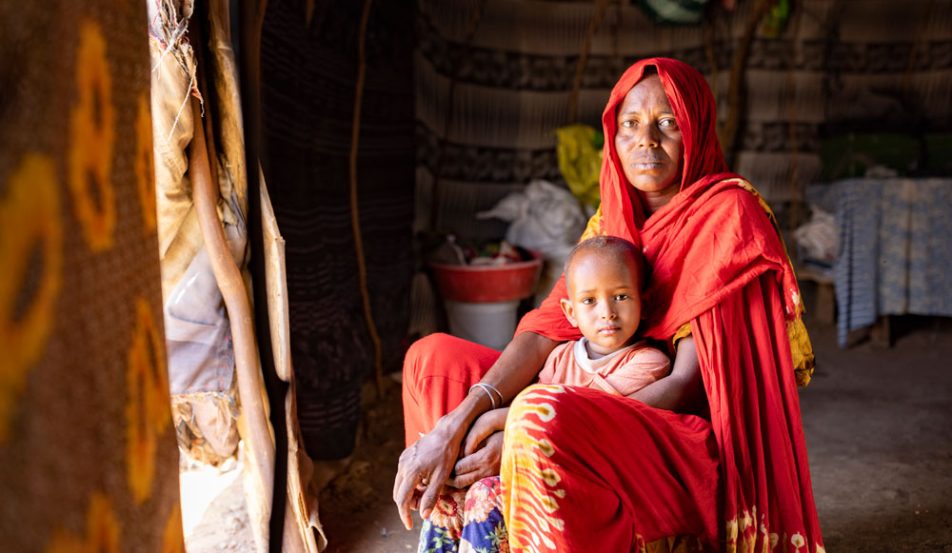How we help malnourished children
Lily* is a two-year-old full of energy and surrounded by love. She’s the youngest of five, enjoys playing and spending time with her family in Lusaka Province, Zambia. But her journey to health hasn’t been easy.
Lily’s parents, Frida and Costern, work tirelessly, but their income – less than AU$3 a day – barely covers the basics. With limited resources, they have struggled to provide enough food for their family. The result? Food insecurity, malnutrition and devastating health complications for Lily.
What Does Child Malnutrition Look Like?
“I was so worried I might lose her,” says her mum, Frida.
When Lily was born, she weighed a healthy 3kg. But as Frida’s own nutrition suffered from food shortages, her ability to breastfeed properly weakened. With no access to better nutrition or supplementary feeding, Lily’s health quickly deteriorated.
“We had very little to eat,” says Frida. “It was mostly nshima (cornmeal porridge), some vegetables, and occasionally small, dried fish.”
Without a diverse, nutrient-rich diet, Lily developed micronutrient deficiencies, weakening her immune system. By eight months, she was losing her appetite and no longer gaining weight as she should, and her energy levels had plummeted. These are all signs of severe undernutrition, a form of malnutrition where a child does not receive enough of the right nutrients to grow and develop.

Understanding Malnutrition and Undernutrition
The terms “malnutrition” and “undernutrition” are often used interchangeably, but they refer to different things. According to the World Health Organization (WHO), malnutrition is an umbrella term that refers to deficiencies, excesses or imbalances in a person’s intake of energy and/or nutrients. In fact, it encompasses both undernutrition and overnutrition. Here’s what each one means:
What is Malnutrition?
Malnutrition refers to a situation where a person’s diet is either lacking in essential nutrients, contains too much of certain foods, or is imbalanced in some way. It can result in both undernutrition (not getting enough nutrients) and overnutrition (getting too many nutrients, often in the form of excess calories).
What is Undernutrition?
Undernutrition is a type of malnutrition, specifically referring to a deficiency in calories, protein, and/or essential vitamins and minerals. People who are undernourished don’t get enough of the nutrients they need to stay healthy and grow properly.
There are a few key signs of undernutrition:
- Stunting: When children don’t grow tall enough for their age due to a lack of nutrients.
- Wasting: When someone’s weight is too low for their height, often due to severe lack of food or illness.
- Underweight: When a person’s weight is too low for their age or height.
- Micronutrient Deficiencies: A lack of essential vitamins and minerals, such as vitamin A or iron, which can lead to serious health issues.
Undernutrition can result from various factors like poverty, limited access to healthy food or illness. It’s a global issue that affects millions, particularly in low-income countries.
Why It Matters
Undernutrition weakens the immune system, stunts growth and can lead to developmental delays in children. It also increases the risk of diseases and even death in severe cases. By understanding the difference between malnutrition and undernutrition, we can better address the causes and work toward a healthier future for everyone, including kids like Lily.
How We Treated Lily for Malnutrition
Lily’s weight had dropped to a dangerous 3.8kg from 5.1kg.
“We barely had enough to eat,” Frida recalls. “Lily became weak, stopped crawling, and refused to eat.”
By eight months, Lily was visibly affected. Her immune system was compromised due to micronutrient deficiencies, and she was no longer reaching important developmental milestones. Her weight had dropped drastically, and her mum feared the worst.
“I was so worried I might lose her,” Frida says, capturing the heartbreak many parents of malnourished children experience.
Frida, fearing for her daughter’s life, turned to her neighbour Mary, part of the Safe Mothers Action Group supported by ChildFund Zambia. Mary encouraged Frida to take Lily for a growth monitoring session at the local health clinic.
She was diagnosed with severe malnutrition and enrolled in a community-based treatment program. This included therapeutic peanut-based paste packed with essential vitamins and minerals – one of the most effective treatments for malnutrition in vulnerable communities. The peanut paste is a type of supplementary food given to treat malnutrition, a frequent cause of death for children under the age of five.
Within a month of starting treatment, Lily gained just over 2kg. She continued the supplementary feeding program alongside a diet of cornmeal porridge and vegetables for another four months before returning to a stable and healthy weight.
“I was supposed to give Lily three bottles of the supplementary food a day,” Frida recalls, “but she could barely finish one. It took months, but as she started eating more, she began to improve.”
Today, Lily weighs almost 10kg and is a healthy, happy toddler. “Lily is doing much better now,” Frida says. “She’s eating well and plays a lot with her friends.” Her recovery is a testament to the power of early intervention, proper nutrition and community support.

The Broader Impact of Malnutrition on Children
Malnutrition doesn’t just stem from food shortages – it’s tied to deeper issues like poverty, conflict, climate change and inequality.
- Climate change is reducing crop yields, making food less accessible.
- Conflict displaces families, disrupting food supplies and worsening malnutrition.
- Mass migration forces families into unstable living conditions with limited access to nutrition.
- Economic hardship puts vulnerable children, like Lily, at greater risk of malnutrition.
- Chronic undernutrition leads to stunting, impairing cognitive development and overall health.
- Malnourished children often suffer from conditions like anaemia and weakened immunity. You may notice they have bloated bellies – this is often a sign of protein deficiency, causing fluid retention.
Preventing and Identifying Malnutrition
Early intervention is key to preventing long-term damage. Here’s how we can stop malnutrition before it starts:
- Growth monitoring to track weight, height and development.
- Vitamin supplements to prevent deficiencies.
- Deworming to improve nutrient absorption.
- Vaccinations to protect children from infections that weaken their health.
- Prenatal check-ups to ensure mothers get proper nutrition, preventing low birthweight and undernutrition in newborns.
- Infant and child feeding programs to educate parents on proper nutrition for young children.
These efforts don’t just help individual children – they contribute to reducing global malnutrition rates.
How Fundraising and International Development Programs Help
Ending malnutrition requires a collective, global effort. Through fundraising and international development programs, we can expand access to nutrition programs, improve maternal health and support community-based interventions.
Global initiatives focus on:
- Severe malnutrition treatment: Expanding access to therapeutic feeding programs.
- Food security projects: Supporting sustainable agriculture to prevent crop failures.
- Education on malnutrition and development: Raising awareness of the long-term effects of poor nutrition.
By addressing the root causes of malnutrition – poverty, food insecurity and inadequate healthcare – we can improve the lives of millions of malnourished children worldwide.
How Many Children Are Malnourished in the World?
According to the latest malnutrition estimates, millions of children still suffer from undernutrition, requiring urgent action:
- Stunting (low height-for-age): In 2022, approximately 148.1 million children under five were stunted, representing 22.3% of this age group.
- Wasting (low weight-for-height): In the same year, about 45 million children under five were wasted, accounting for 6.8% of children in this age bracket.
- Overweight: Additionally, 37 million children under five were overweight in 2022, which is 5.6% of the global under-five population.
These statistics underscore the urgent need for comprehensive nutrition programs, increased awareness, and advocacy to combat child malnutrition worldwide.
By supporting nutrition programs, spreading awareness and advocating for policies that address malnutrition and development, we can create a world where no child suffers from the devastating effects of hunger.
How You Can Help Malnourished Children
If you want to help prevent malnutrition and improve the lives of malnourished children, consider:
- Donating to child nutrition programs
- Supporting fundraising efforts for food security projects
- Raising awareness about the causes of malnutrition by sharing this article
Together, we can create change. By addressing malnutrition and undernutrition, we’re helping children like Lily build a strong foundation for their future. Every action we take, from supporting nutrition programs to raising awareness, plays a part in breaking the cycle of poverty and poor health.
With your support, more children will have access to the nourishment they need to grow healthier and more resilient.
Learn more about our food and nutrition programs.
*Name changed to protect individuals’ identity.


